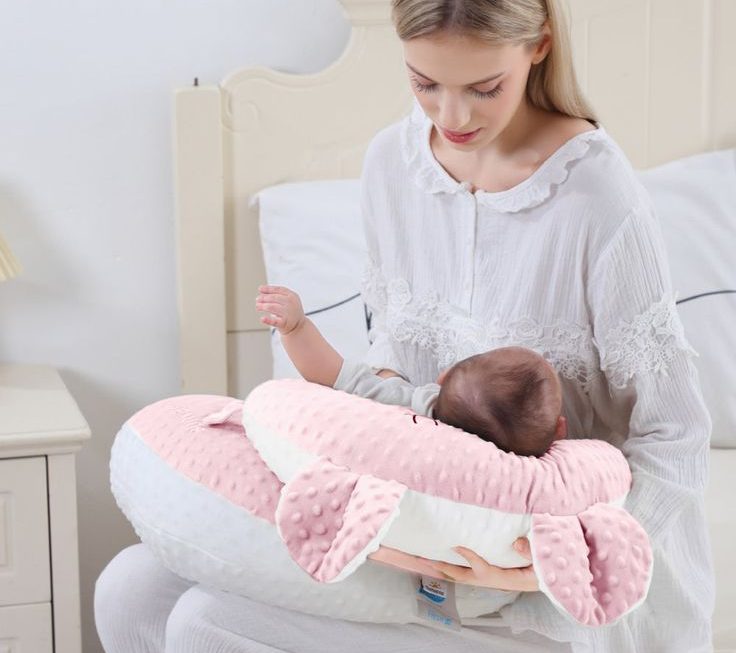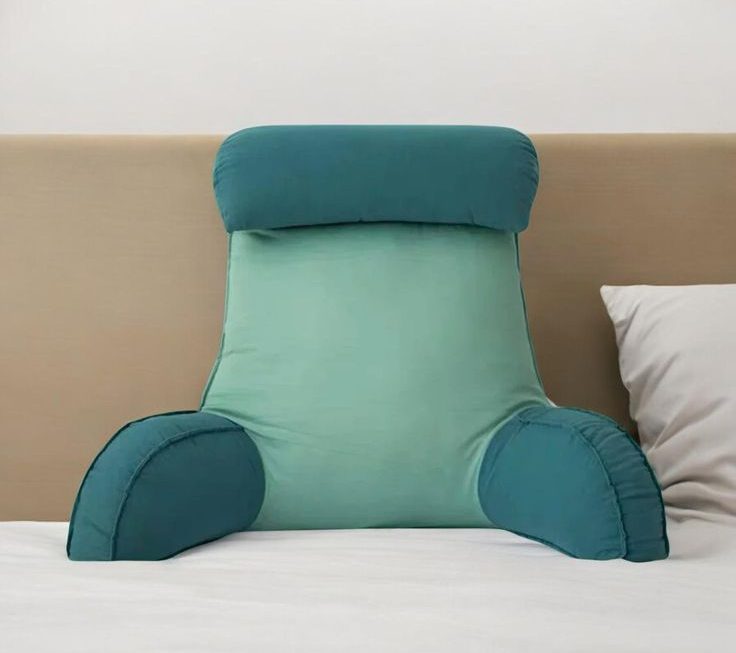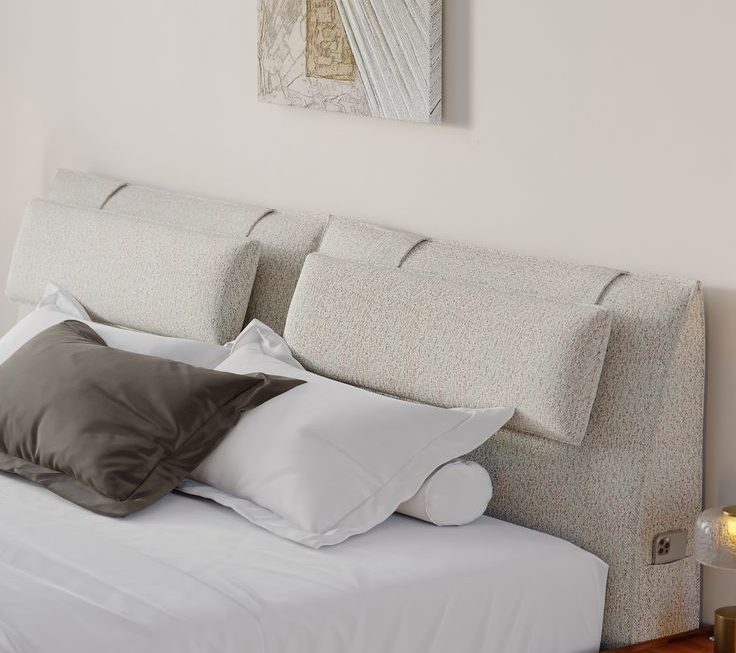 Introduction:
Introduction:
Installing carpet on stairs can transform the look and feel of your home, adding warmth, comfort, and style. While it may seem like a challenging task, with the right tools, materials, and technique, you can successfully install carpet on your stairs. In this comprehensive guide, we will provide a step-by-step approach to help you install carpet on stairs. Whether you’re a DIY enthusiast or a novice, this article will guide you through the process, ensuring a professional and durable carpet installation that enhances the aesthetics and safety of your staircase.
 Preparation and Planning
Preparation and Planning
Gather the Necessary Tools and Materials:
Carpeting of your choice, measured and cut to fit the dimensions of each step and riser.
Carpet padding specifically designed for stairs.
Carpet knife or utility knife.
Hammer or stapler.
Knee kicker or power stretcher.
Pliers.
Safety goggles and knee pads.
Measure the Staircase:
Accurately measure each step and riser to determine the amount of carpet and padding required.
Make note of any irregularities or unique features that may affect the installation process.
Removing Existing Carpet or Flooring
Clear the Staircase:
Remove any furniture, objects, or obstacles from the staircase area.
Ensure the stairs are clean, dry, and free from dust or debris.
Remove Existing Carpet or Flooring:
Use a carpet knife or utility knife to cut and remove the existing carpet or flooring material.
Carefully lift and detach any carpet padding or underlay beneath the existing carpet.
Inspect and Repair the Staircase:
Inspect the stairs for any damage or defects that may need repair before installing the new carpet.
Repair any loose or squeaky steps, fill in any gaps or cracks, and make sure the stairs are sturdy and secure.
 Installing Carpet Padding on Stairs
Installing Carpet Padding on Stairs
Cut and Lay the Carpet Padding:
Measure and cut the carpet padding to fit each step and riser.
Lay the padding directly on each step, ensuring it is smooth and evenly positioned.
Secure the Carpet Padding:
Use a staple gun or hammer and nails to secure the carpet padding to the steps and risers.
Start at the top stair and work your way down, ensuring a secure and taut fit.
Installing Carpet on Stairs
Measure and Cut the Carpet:
Measure and cut the carpet to fit each step and riser, allowing extra material for a snug fit.
Start at the bottom of the stairs and work your way up.
Secure the Carpet:
Begin at the top of the stairs and position the carpet, ensuring it is centered and straight.
Use a knee kicker or power stretcher to stretch the carpet tightly across each step, securing it to the tack strips beneath.
Tuck and Trim the Edges:
Use a carpet knife or utility knife to trim any excess carpet along the edges of each step and riser.
Tuck the edges of the carpet into the gap between the riser and the tread, using pliers if necessary.
Secure the Carpet on the Bottom Step:
On the bottom step, fold the carpet over the edge and secure it using a carpet gripper or adhesive.
Trim any excess carpet and tuck it tightly into the gap.
Final Touches and Safety Considerations
Trim and Finish the Edges:
Use a carpet knife or utility knife to trim any excess carpet or loose threads along the edges.
Ensure the carpet is securely tucked and attached to the edges of each step.
Install Carpet Transition Strips (Optional):
Install carpet transition strips at the top and bottom of the staircase to provide a professional and finished look.
These strips will help protect the edges of the carpet and create a smooth transition between the stairs and adjoining surfaces.
Consider Safety Measures:
Install non-slip stair treads or attach adhesive non-slip strips to each step for added safety.
Ensure all carpet edges are securely fastened and free from wrinkles or loose areas that could pose a tripping hazard.
 Here are some popular carpeting trends in recent years:
Here are some popular carpeting trends in recent years:
The trends in carpeting have evolved over time to reflect changing interior design preferences and advancements in manufacturing technologies. Here are some popular carpeting trends in recent years:
Natural and sustainable materials:
There is an increasing demand for eco-friendly and sustainable carpet materials. Natural fibers such as wool, sisal, jute, and seagrass have gained popularity due to their durability, renewable nature, and organic aesthetic.
Textured and patterned carpets:
Carpets with textured or patterned designs have become popular as they add visual interest and depth to a room. Options like loop piles, cut-and-loop piles, or patterned prints provide a tactile and stylish element to the flooring.
Neutral and earthy colors:
Neutral colors like beige, grey, and ivory continue to dominate carpeting trends. These colors create a versatile and timeless backdrop that complements various interior styles and allows other design elements to stand out.
Bold and vibrant colors:
On the other hand, there has been a rise in the use of bold and vibrant colored carpets as a statement piece or to add a pop of color to a space. Colors like deep blues, rich burgundies, or energetic yellows can create a dynamic and lively atmosphere.
Low maintenance and stain-resistant carpets:
With the emphasis on ease of maintenance, stain-resistant carpets have gained popularity. Manufactured with advanced stain-resistant technologies, these carpets are designed to repel liquids and stains, making them easier to clean and maintain.
Carpet tiles and modular designs:
Carpet tiles have become increasingly popular due to their versatility and ease of installation. Carpet tiles allow for mixing and matching patterns and colors to create unique designs and allow for easy replacement of damaged sections.
Layering with rugs:
Layering carpets with area rugs has become a popular trend, allowing for a mix of colors, textures, and patterns. This combination adds depth and warmth to a space while providing flexibility to change the look and feel with minimal effort.
High-performance and pet-friendly carpets:
Carpets designed to withstand high foot traffic, resist stains, and endure the activities of pets have gained popularity among households with active lifestyles or furry friends. These carpets are often made with durable and stain-resistant fibers.
It’s important to note that carpeting trends can vary depending on regional influences, individual style preferences, and specific market demands. Ultimately, the choice of carpet should be based on personal taste, lifestyle needs, and the overall design vision for the space.
 Conclusion:
Conclusion:
Installing carpet on stairs can be a rewarding DIY project that enhances the aesthetics, comfort, and safety of your staircase. By following the step-by-step guide provided in this comprehensive guide, you can confidently install carpet on your stairs. Remember to measure accurately, prepare the staircase properly, and secure the carpet and padding securely. By paying attention to detail and considering safety measures, you can achieve a professional and durable carpet installation that enhances the overall look and value of your home.



